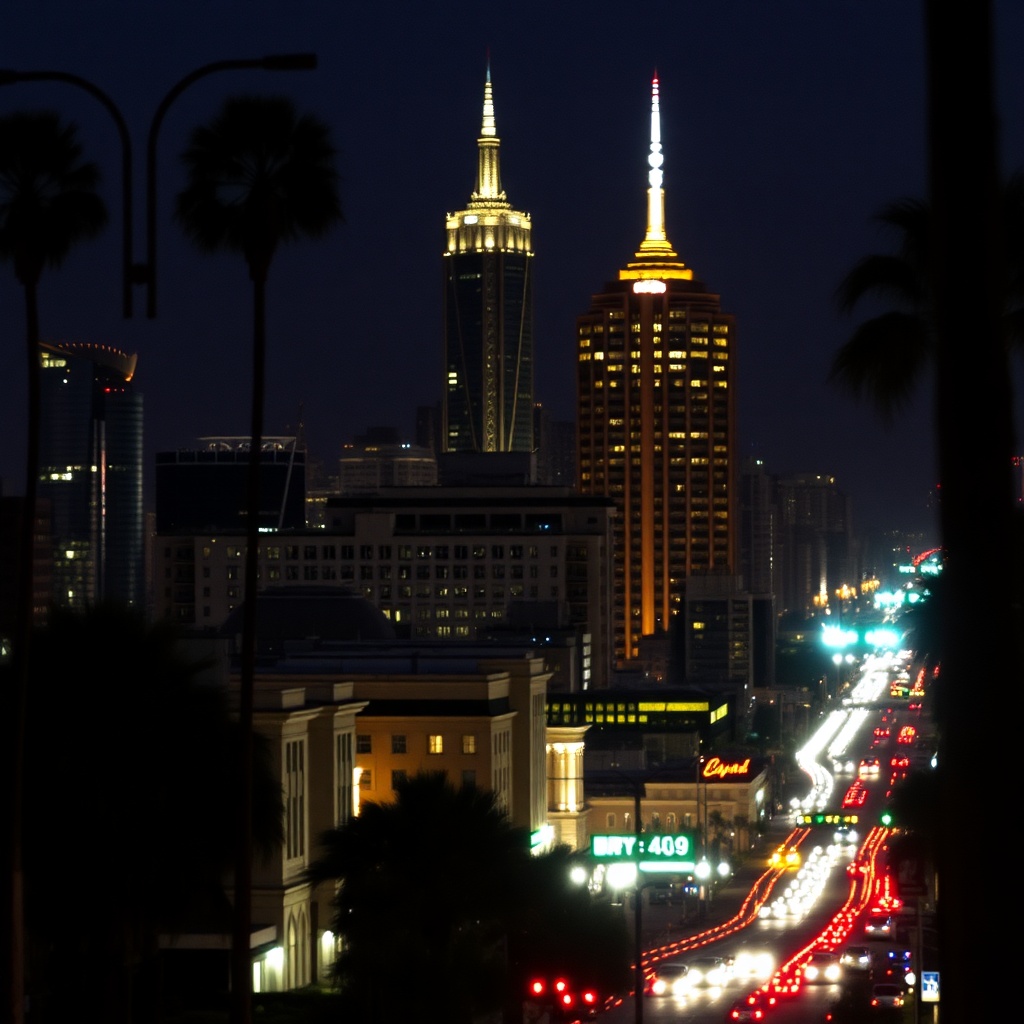Here are several SEO-friendly title options—recommended 3:
Los Angeles is famous for sunshine, but the city’s weather is anything but uniform.
A short drive can take you from cool, foggy coastlines to warm inland valleys, and those daily differences shape how locals plan work, play and errands.
Understanding LA’s microclimates helps you dress right, pick the best time for outdoor plans and avoid surprises.
What creates LA’s microclimates
Cold ocean currents and the coastal marine layer keep beach areas cool and misty in the morning, while the mountains and inland basins heat up quickly under sun exposure. Sea breezes moderate temperatures near the coast; when those breezes fail, inland heat builds. Periodic wind events can push smoke and dust across the region, affecting air quality and visibility. Topography—hills, valleys and urban density—then tweaks local conditions block by block.
Practical tips for everyday life
– Layer clothing: Mornings on the beach can be sweater weather, while afternoons inland may demand shorts. Lightweight layers zip on and off easily as the marine layer burns off.
– Time outdoor activities: Early morning is often the coolest and least crowded time for trails and beaches. Late afternoon brings more consistent warmth inland and scenic golden light for photos.
– Check air quality and UV: Air quality can change quickly with wind shifts or nearby wildfires. Monitor local AQI and pack sunscreen—UV levels remain high even on overcast days.
– Hydrate and plan for heat: If you’ll be in the valley or near freeways, carry water and avoid peak heat hours for strenuous outdoor exercise.
– Use location-based forecasts: General city forecasts miss local variation. Look up neighborhood-level weather tools to see the difference between coastal and inland readings.
Choosing where to go
– Beaches and coastal neighborhoods: For a cool, breezy day and water views, head west. Plan for morning fog and layer up; the sun often breaks through by midday.
– Hills and viewpoints: Higher elevations offer cooler evenings and better air circulation—ideal for sunset hikes and rooftop dining.
– Downtown and central LA: Expect urban heat, especially in denser areas with little green space. Look for shaded plazas and rooftop spots.
– Valley and inland areas: Warmer and drier—great for sun seekers but prepared for stronger heat and possible poor air quality during wind events.
Transit and timing
Traffic patterns interact with weather.
A coastal fog that slows freeway speeds can add minutes to commutes; evening beachgoers create heavy outbound flows. For weekend trips, aim for off-peak departure times and consider transit options for corridor routes that avoid parking hassles. Bike and scooter lanes have expanded, offering comfortable options on pleasant days—always wear a helmet and check local route conditions.
Safety and preparedness
Stay aware during strong wind or smoke events; officials may issue advisories for vulnerable populations.
Know where nearby cooling centers or public transit hubs are if conditions limit outdoor time.
For visitors, keep a flexible itinerary; swapping a planned beach day for a hillside walk can make a big difference in comfort.
Enjoying LA with confidence
The city’s weather quirks are part of its charm.
With a few simple habits—layering, checking neighborhood forecasts, monitoring air quality and timing activities—you can make the most of LA’s diverse outdoor offerings. Whether chasing foggy mornings on the coast or golden light in the hills, a little planning turns local variation into an advantage.
